What is engine lifter?
Engine lifter or engine hoist is a tool that is used for lifting up heavy objects, mostly car parts like engines and transmissions. Engine hoist is widely used tool in car workshops. Those engine hoists you see in a car repair shops differ from those that are used by individuals in their smaller workshop or garage. The reason is simple, commercial engine hoists takes up a lot of space, and individual car repairers or enthusiasts that fixes and works with cars in their own garage usually do not have much free space to put a large, commercial engine lifter. This is why many car tool manufacturers are producing smaller and more compact tools for a lot lower price.
Engine hoist basically has one job – lift heavy objects. To do this job, engine lifter has very durable metal construction that can hold lift capacities up to 4 and more tons (8000 lb). Engine lifters come with varying lift capacities. Smaller engine hoists are able to lift weights up to ½ ton (1000 lb), while larger hoists can lift even 8 ton (16000 lb) heavy objects. The most common engine hoists are capable of lifting 1 and 2 ton (2000 and 4000 lb) heavy objects. Weight of most regular today’s car v4 engines and v6 engines does not exceed 2 ton limit, so these engine hoists will work with practically any engine.
Engine hoist frame
Engine hoist consist of multiple metal plates that makes together the frame of the hoist and a hydraulic cylinder that is responsible for lifting. Engine hoist frame or body can be divided into three groups – wheels and legs, main frame, boom with chain and hook.
Legs and wheels
Engine hoists usually have 2, 4 or 6 wheels. 2 wheeled hoists have lower lift capacities and it is difficult to maneuver these hoists, when hoist is holding a lifted engine. You can move a 2 wheeled hoist only front and back, but not to sides. 4 wheeled hoists are the most common wheel count for a hoist with lift capacity under 2 tons. These hoists not only are capable to move to front and back but also to sides. 6 wheeled hoists are the most stable ones and allow turning lifter in any direction. Engine lifters with weight capacity over 2 tons usually have 6 wheels.
Engine hoists have two types of legs – regular and adjustable. Regular legs basically are two metal bars that have wheels attached under and main body of hoist is welded or can be attached to legs with special steel screws. Adjustable legs can be prolonged or shortened based on needs of the hoist. For example, if extremely heavy object needs to be lifted, legs can be prolonged for more stability. Also, if engine is located further into the engine compartment, legs can be prolonged so engine hoist can reach further under the car. Adjustable legs are useful for engine hoists with adjustable boom, because both of these parts can be adjusted based on the weight of load that needs to be lifted. This is needed to reach better stability and equalize the weight.
Body
The body of engine hoist consists of main bar, support bars and a place for cylinder. Main bar and supports bars are made from durable steel. Main bar is made from thicker steel than support bars, because it has to withstand the highest force when load is being lifted. Support bars help to hold the load and support main bar. In front of the main bar there are special projections, where hydraulic lifting system gets installed. All parts of hoists body are mounted together with durable steel screws.
Boom, chain, hook
Top part of the engine hoist is responsible for lifting and stabilizing the load. Top part of engine hoist consists of boom, chain and hook. Engine hoists usually have adjustable boom. Boom can be adjusted so it can reach engines that are located further into engine department. When boom is fully extended the maximum allowed lift capacity decreases. This usually is indicated on the side of the boom. Most adjustable booms have four adjustment positions. For example, if maximum lift capacity of hoist is 2 tons (4000 lb), than adjustment positions will have lift capacity limits of 2 tons (4000 lb), 1.5 tons (3000 lb), 1 ton (2000 lb) and ½ ton (1000 lb). These values can vary for different engine lifters. Chain and hook are located at the end of the boom. Chain and hook are responsible for holding chains that get attached to the engine, or holding engine leveler. These parts are durable and can handle even higher loads than engine hoist itself.
Hydraulic jack
Hydraulic jack is responsible for lifting. Hydraulic jack, same as other parts of engine hoist has its own maximum lift capacity. Usually, the maximum load hydraulic jack can lift is visibly larger than the maximum lift capacity of engine hoist. This is to ensure that hydraulic jack does not fail, as it is the most important part of an engine hoist. To lift a load, hoist operator has to pump special bar that needs to be attached to the hydraulic cylinder. Lifting process is pretty slow and takes some time to lift heavy loads. To lower a load hydraulic jack has got a special bleed valve that needs to be turned. Lowering of load is much faster than lifting, so it needs to be done with extra caution. Hydraulic jack needs a special treatment from time to time, so it is important to read usage instruction of it. Also it is important to read usage instruction of engine hoist before using it, there are many safety rules that needs to be followed in order to safely use the engine hoist.
This was the basic description of an engine hoist. For further reading visit other pages of this website, where you will find more detailed information about how engine lifter works, more info about each part, how to properly work with an engine hoist and what are the best engine lifters for certain situations. Also you will find information about other tools that can be used for engine repairs, like engine stands and load levelers and information of how to use them and what products are better for different works. There will also be a comparison of best engine hoists considering type and weight limits, comparing their pros and cons and concluding, which hoist is better depending on the price and performance of the hoist.
- Floor Jack Storage Ideas and Tips - November 19, 2019
- Tips for Using a Car Jack - November 12, 2019
- How Often Should You Wash Your Car in the Winter? - November 5, 2019
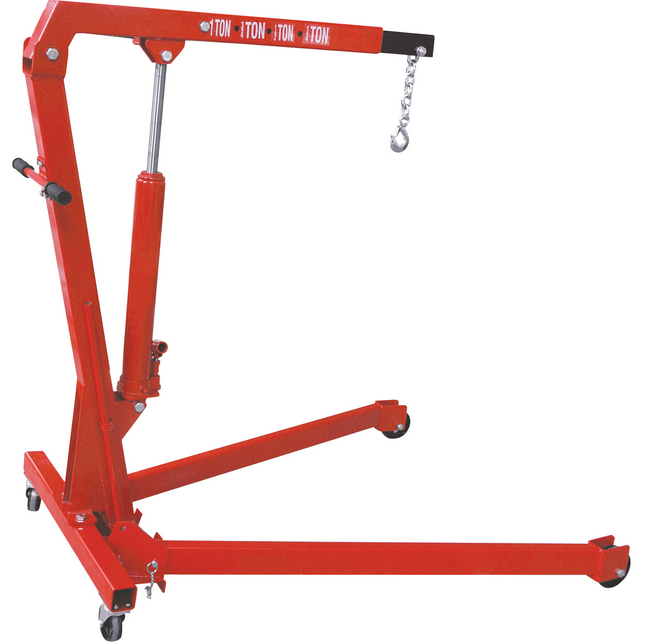
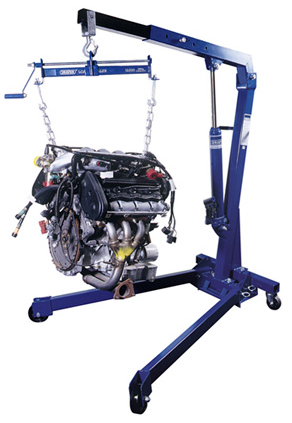
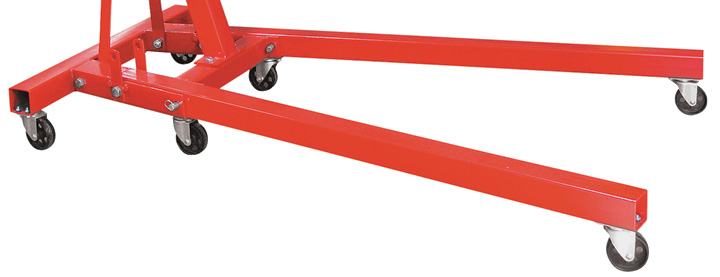
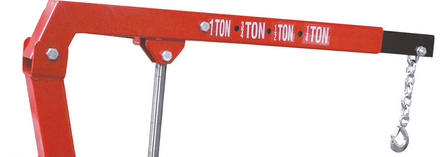
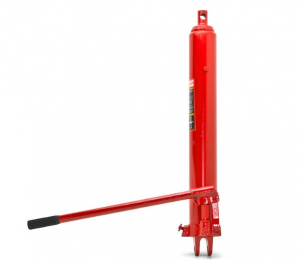
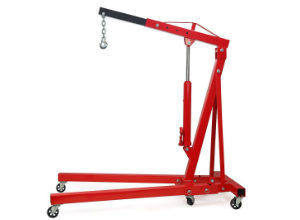
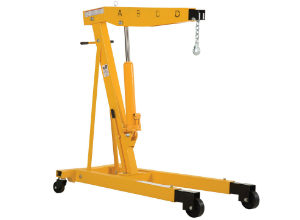
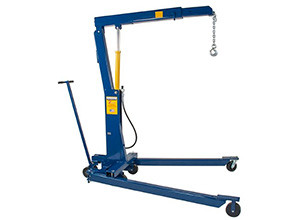
Leave a Reply